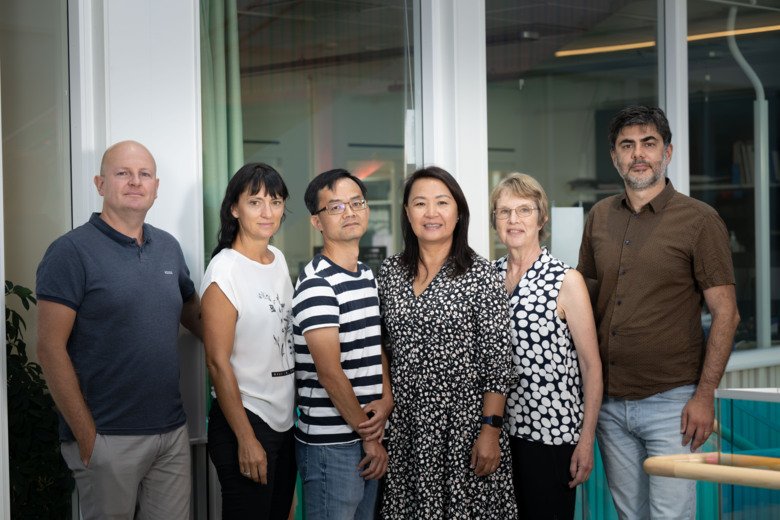SICOF - about us
The Single Cell Core Facility Flemingsberg (SICOF) is a state-of-the-art core facility, offering services to the research community. Our goal is to facilitate the use of single cell/nuclei sequencing technologies for all researchers.

Meet our team
The team has abundant experience with single cell technologies since the inception of SICOF in 2016 as an in-house facility for the Integrated Cardio Metabolic Institute (ICMC). We aim to provide all researchers with clustered data that can be interpreted and analyzed without the need for a bioinformatician.
Director
Christer Betsholtz
ProfessorManager
Michael Vanlandewijck
ResearcherAdministrator
Elisabeth Raschperger
Senior Lab ManagerResearch engineers
Byambajav Buyandelger
Research SpecialistSonja Gustafsson
Research EngineerBioinformatician
Giuseppe Mocci
Affiliated ResearcherCollaborations
We work in close collaboration with:
- The MedH Flow Cytometry core facility for single cell sorting (FACS).
- Bioinformatics and Expression Analysis Core Facility (BEA) for sequencing.
- Live cell imaging (LCI) for imaging to validate the result of sequencing.
- Morphological Phenotype Analysis Core Facility (FENO) for spatial transcriptomics
Contact us
SICOF is hosted by the Department of Medicine, Huddinge (MedH), Campus Flemingsberg.
Facility email: singlecellseq@ki.se
Facility phone: 08 - 524 834 18
Visiting address: Karolinska Institutet, Department of Medicine, Huddinge, Neo, elevator S1, floor 6, room 6538, Blickagången 16, Flemingsberg.
Postal address: Karolinska Institutet, SICOF, Department of Medicine Huddinge (MedH), SE-171 77 Stockholm
Delivery address: Single Cell Core Facility (SICOF), Room 6538, Karolinska Institutet, Hälsovägen 7C, (Neo, floor 8, elevator M1), 141 57 Huddinge
